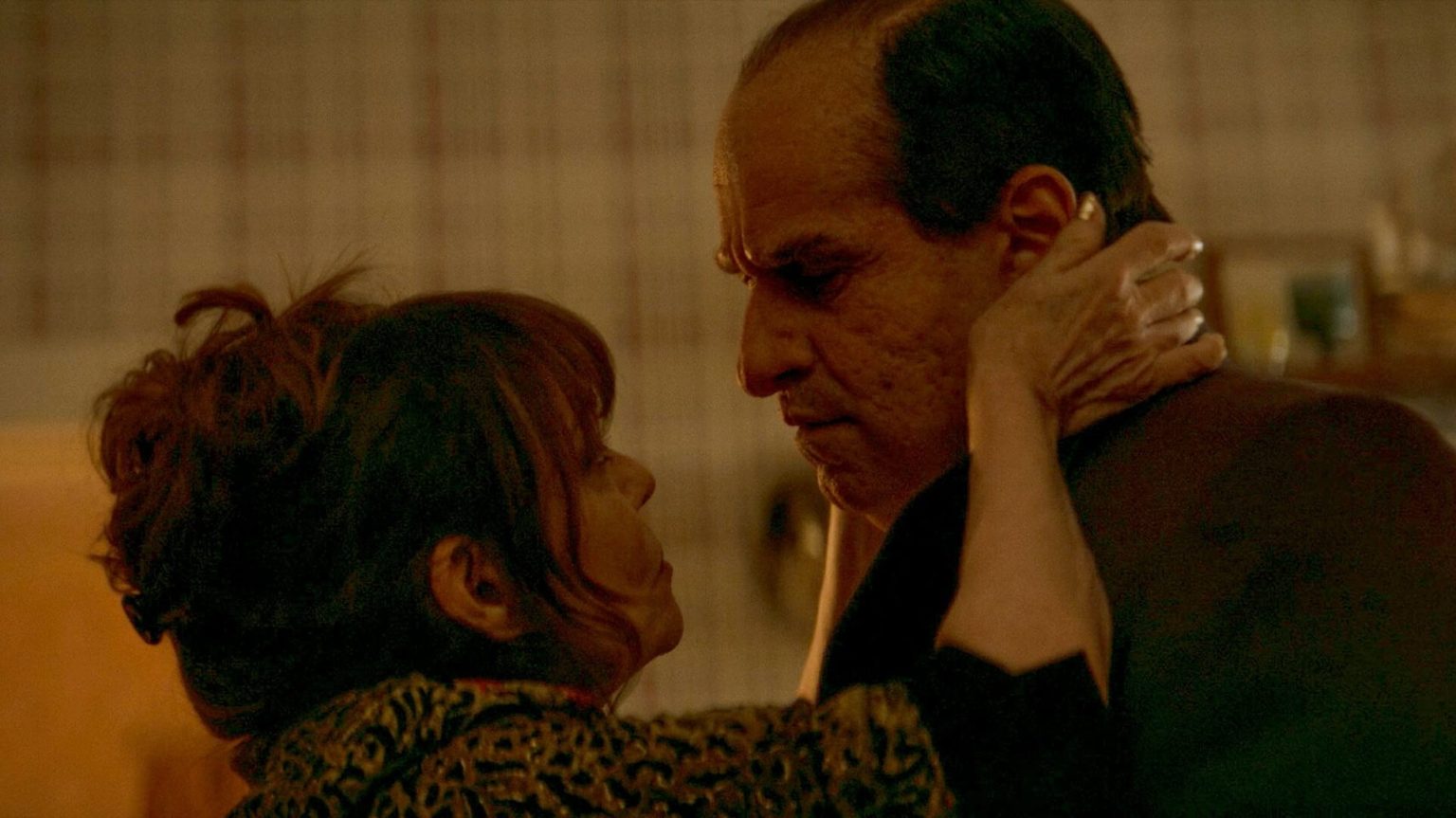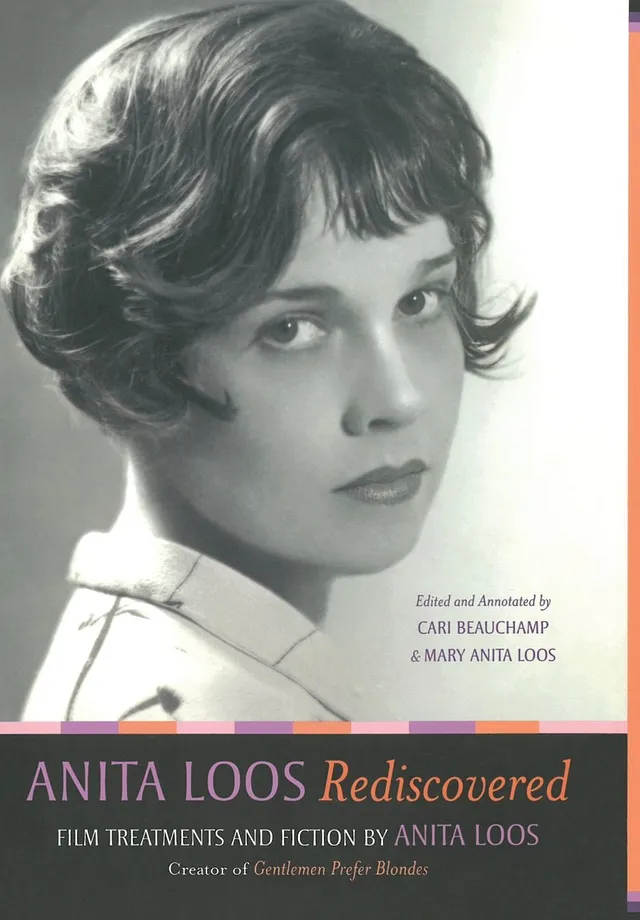In the vast universe of superhero narratives, it’s easy to overlook the nuanced tales unfolding on the fringes, particularly those revolving around iconic villains. And let’s face it—who’s not curious about what prompts a villain to don their twisted persona? A dazzling new adaptation of Oswald Cobblepot, affectionately known as the Penguin, has emerged on our screens with The Penguin, proving that the shadows can be just as captivating as the spotlight. If you haven’t yet immersed yourself in this series, you’re definitely missing out on a standout example of prestige television! Following the events of Matt Reeves’ gritty The Batman, this spin-off centers around the ever-ambitious Oz Cobb—played masterfully by Colin Farrell—who’s trying to carve out his space in Gotham’s murky criminal landscape amidst chaos and looming threats. What drives this enigmatic character? What hidden secrets from his past form the man we’ve come to know as the Penguin? Join me as we delve deeper into the first episode of The Penguin, exploring the rich tapestry of storytelling that hooks audiences from the very start. It’s a wild ride you won’t want to miss! LEARN MORE
A new version of the iconic Oswald Cobblepot exploded onto our TV screens in The Penguin, and if you haven’t been watching, you’re missing out on some of the best prestige television available right now.
The Penguin, a spin-off of Matt Reeves’ new The Batman universe, follows the titular villain (played by a stunning Colin Farrell) right after the events of the dark and dismal The Batman—literally, as in the action picks up in the wake of the Riddler’s terror attack.
The Penguin will explore Oz Cobb (as he’s called here) as he tries to assert himself in Gotham’s criminal underworld, filling the vacuum left by the film’s Carmine Falcone (John Turturro), and his backstory. What drives him? What dark secrets are in his past that made him the Penguin he is today?
This is a character-driven crime story in the vein of The Sopranos. It’s a dark and complex tale that takes the audience to new and interesting places in the Batman universe. But today, we want to look at that first episode, and three elements in the writing that hooked audiences from the opening frames.
Spoilers for The Penguin Episode 1, “After Hours” below.
[embedded content]
The Penguin’s Excellent Pacing
It’s not necessary for viewers to have watched The Batman, but the framework is probably helpful since this story begins exactly where that film ends. Gotham is in shambles. And who comes walking up to the abandoned Iceberg Lounge? None other than Oz Cobb.
You’re probably familiar with the term in medias res, which means literally “into the midst of things.” It’s one of the easiest screenwriting hacks there is. In practice, it’s simply starting your story in the middle of ongoing action.
In this case, Oz is already on the move in the episode’s opening. We follow Oz into the lounge, curious about what he’s doing. We soon see he’s pillaging Falcone’s safe, only to get interrupted by the supposed family heir, Alberto Falcone (Michael Zegen). Oz’s actions in the subsequent scene launch the entire season’s overarching storyline.
That action, the murder of Alberto, also sets Oz off on a sort of mini-adventure within this episode as he has to hurry to dispose of Alberto’s body. He meets Victor (Rhenzy Feliz) outside, interrupting him and a bunch of young thugs trying to steal Oz’s hubcaps, and in an unexpected turn, he recruits the kid to help him.
The episode gives us an incredibly tense, contained storyline with clear stakes and conflict. Oz has to hide this evidence or he’ll have the biggest mob family in Gotham after him, and he needs to do it quickly. The underlying danger of his relationship with Victor gives their interactions a unique weight.
You may have also heard the screenwriting maxim to “start late and leave early” when it comes to your scenes, and that applies here, too.
Each scene leads into the next at a fast clip, giving us just enough information to keep us engaged. There are no unnecessary arrivals or set-ups, and beats do not go on longer than they need to. Find that scene button and get out.
We see Oz’s home, we visit his clearly ailing mother (Deirdre O’Connell), and we meet a lover who will be his alibi. The pacing here is excellent and never gets too bogged down in detail or needless beats.
Read More: 5 Layers of Amazing Screenplay Pacing
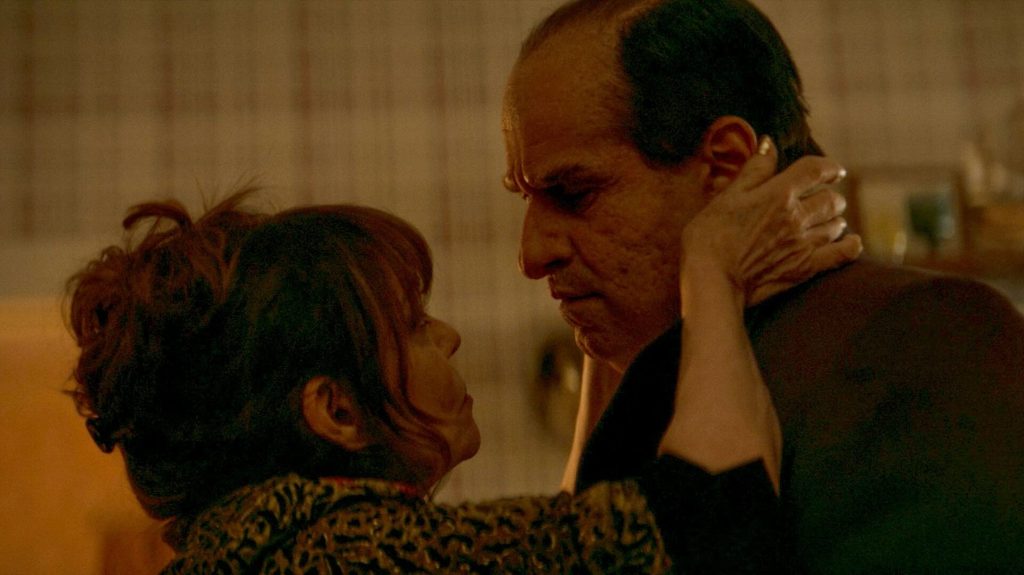

‘The Penguin’ (2024)
Understanding Oz Cobb From the Start
Let’s go back to that key opening scene with Alberto Falcone. It’s important, yes, as the series’s inciting incident. But it also operates as some really deft character development to set up Oz as a protagonist.
ScreenCraft has written before about elements that make an engaging character, including their distinction, empathy, and impetus. In this scene, we get all three. Oz has always been different and is one of Batman’s most important villains. But at times, he’s something of an antihero, an underdog.
And this, for me at least, makes him incredibly empathetic. I’ve seen comic book analyses remark that the Penguin is often “punching up” when it comes to his goals. Everyone writes him off, no one sees him as a threat, and that’s something relatable to audiences.
But what about his impetus? In this scene, Oz tells Alberto about a man from his childhood neighborhood whom everyone admired, Rex Calabrese. This man helped those in need. He had a kind of authority through what Oz views as charitable actions and was so beloved that a parade was thrown in his honor when he died.
And although Oz doesn’t say it outright, we as the audience know—that’s what he wants. He aspires to that kind of power and respect, and might even see himself as altruistic.
Of course, when Alberto scoffs at this, Oz has a bit of a strong reaction, shooting him dead.
This is perhaps one of the most important scenes in the entire series because the writers had to nail Oz’s character motivation. Doing it through a story gives us exposition and background in an interesting way, and is a realistic method for a character to say, “This is my goal and who I want to become.”
You don’t want this moment to be on the nose. Remember the importance of subtext, and back up this motivation through character choices and actions throughout your work.
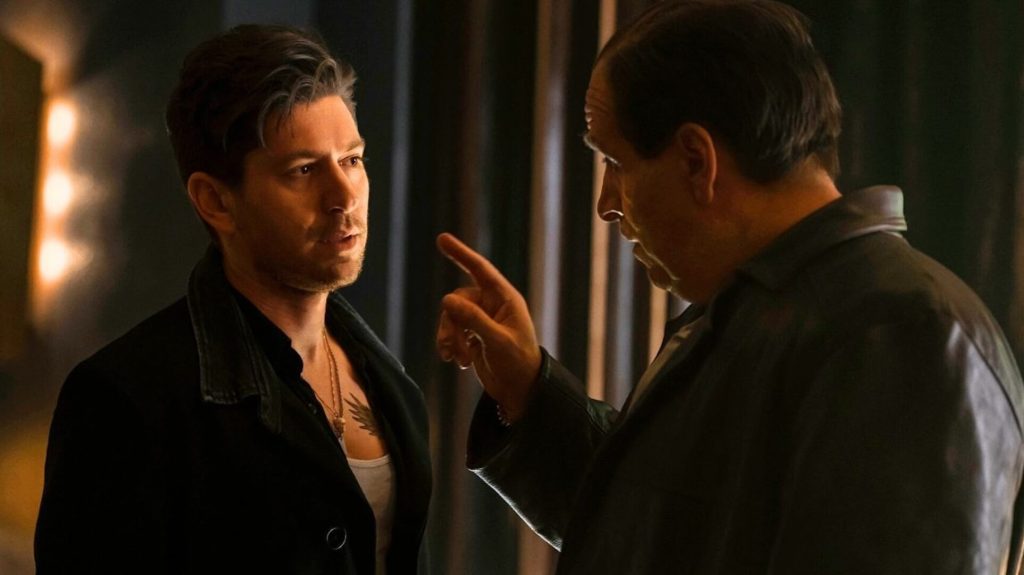

‘The Penguin’ (2024)
The Penguin’s Thematic Set-Ups Inform the Rest of the Season
There are a few central themes that The Penguin aims to explore, many of which are set up in this episode. One is the way that crime presents itself as an opportunity to characters whose institutions have failed them. We see this in Victor, who is trying to make ends meet after losing everything in a disaster zone of a city.
He does go with Oz because he fears for his life, but later, Oz plays upon this theme to convince Victor (and others) to join his schemes. Those in power aren’t taking care of them, so they have to take care of each other.
Another is the perception of wealth, and how wealth is expressed through appearance. This is heavily tied to Oz, who drives a flashy purple Maserati around Gotham and has a tacky fake fireplace in his loft apartment. It’s another expression of his aspirations, to be rich and respected.
But even on a higher rung, the Falcone mob family with all its wealth still yearns to be higher still, among the true elite of the city—like the Waynes. They live ostentatiously, albeit as older money.
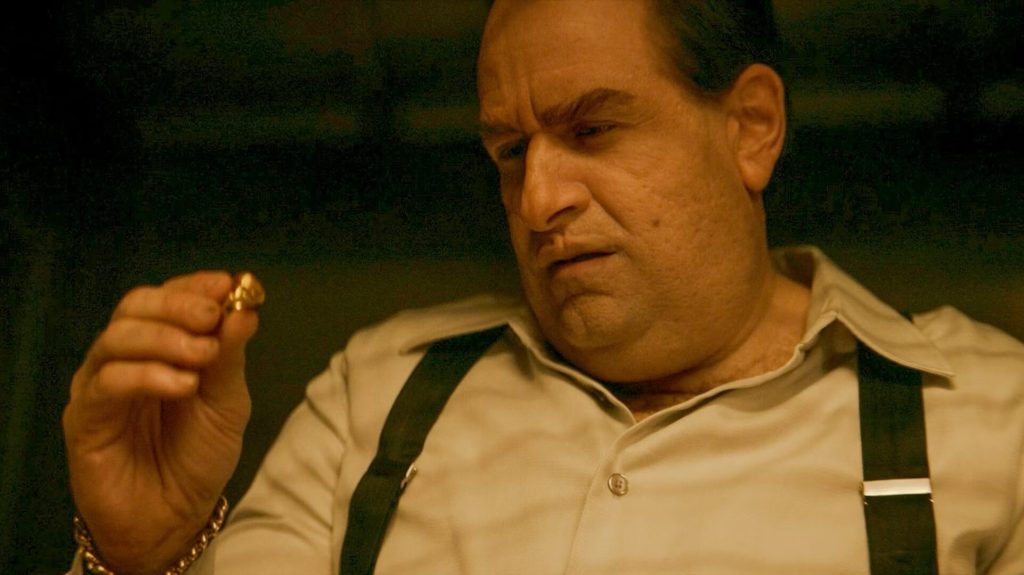

‘The Penguin’ (2024)
A third obvious theme in the first episode is Oz’s perpetual failure to please his mother, who is clearly the most important figure in his life and the only person whose approval he really needs. In their first scene together, this bombastic villain is reduced to murmurs in her presence when he has to admit his recent mistake.
This moment humanizes him nicely but also foreshadows a complicated thematic thread that promises to unravel in later episodes.
Whether it be the pains of mommy issues or the danger of the draw of wealth, remember to have a theme built into the foundation of your story. It’s what will lend weight to your screenplay and give audiences something deeper to connect to.
Read More: How To Structure a Great TV Pilot
